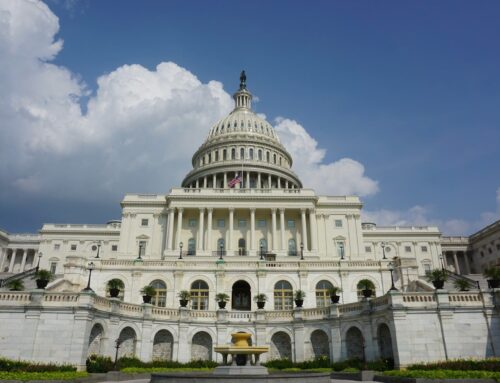Throughout Taxpayers for Common Sense’s 20 year existence, every President has played games with the U.S. Army Corps of Engineers budget. And it’s a game that was played long before we came on the scene. Since the early 19th century, the Corps of Engineers has constructed water projects and lawmakers have pushed them to construct particular navigation, flood and storm damage reduction, or environmental restoration projects in their districts. The Executive branch takes advantage of the Congressional fetish for water projects by low-balling the Corps of Engineers budget, thus enabling the administration to budget that cash for other priorities, all the while knowing Congress will ultimately make up the difference.
If you recall, the President’s budget request for fiscal year 2016 ignored the spending caps set by the Budget Control Act of 2011, exceeding them by $74 billion. Even with that extra cash available, the President asked for $4.7 billion for the Corps of Engineers, roughly $800 million less than last year when caps were in place. Congress was not pleased.
The Congressional budget agreement for FY16 promised to abide by the spending caps set in place by the Budget Control Act. Of course they had their fingers crossed because they blew by the defense spending side of the cap by stuffing an extra $94 billion (about $36 billion more than was requested) into the off-budget Overseas Contingency account, but that’s something we have already told you about. But a closer inspection of the House and Senate FY16 spending bills that would fund the Corps of Engineers reveals that despite the budget caps, the agency faired pretty well. In the House bill they got almost $5.6 billion and in the Senate bill they got $5.5 billion. So Congress wants to give the Corps of Engineers nearly $1 billion more than the President requested. Let some other agency bear the brunt of the budget caps!
Where does all this extra cash go? The earmark moratorium prevents lawmakers from directly shoveling it to their pet projects, so they have split it up into 18 slush-y funds (in the House, 24 in the Senate). These slush-y funds were created to ensure spending goes to programs the current and previous administrations have opposed (or not supported as much as Congress would like) such as pumping sand on beaches and funding wastewater and water supply projects which aren’t in the Corps of Engineers mission area.
In fiscal year 2014 there was $437 million in “additional work plan” funds. And last February, the Corps told Congress where they were going to spend the cash – all but $28 million of it anyway. Then by February this year, they figured out how to spend that extra slush, all for a variety of sand-pumping projects. A big winner was Tybee Island in Georgia which only got $300,000 in the President’s budget request and the final spending bill. In the initial February 2014 report they were stuck with just the $300,000 but come the final report in February this year, and the project gets $12 million more. Or how about Great Egg Harbor Inlet and Peck Beach in New Jersey. Only $500,000 initially, but then they got $3.2 million more to start the seventh “renourishment” (sand-pumping) cycle.
Fiscal year 2015 promises to be even worse. Congress gave the Corps of Engineers an additional $450 million in slush-y funds and in the March 2015 work plan, the Corps hadn’t figured out how to spend $131 million of it. This is no way to budget. Lawmakers need to develop clear and measurable criteria that forces the Corps of Engineers to prioritize spending on the most critical projects and make predictable decisions about allocation of resources. Taxpayers don’t need to have the Corps of Engineers spending months figuring out how to spend additional cash. The administration didn’t ask for the money and now they’re getting creative on how to spend it. With half trillion dollar deficits and more than $18 trillion of debt, finding new and different ways to waste tax dollars is the wrong way to go.











Get Social